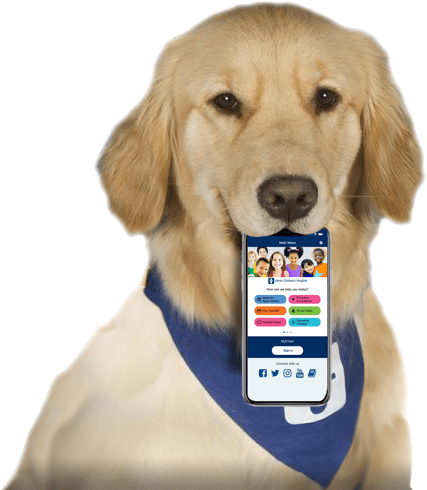COVID-19: How to Protect Babies
In children, COVID-19 can be a mild illness, and sometimes they have no symptoms at all. But some babies and children have gotten very sick from the virus, sometimes weeks after becoming infected. Some children have died from it.
Babies younger than 6 months old can’t get a COVID-19 vaccine. So it's important to protect them in other ways:
- Anyone in your household age 6 months and older should get a COVID-19 vaccine. People are considered up to date on their COVID vaccines when they have gotten all the recommended doses for their age.
- Avoid people who are sick. Household members who are sick can wear a mask when around the baby.
- Wash your hands well and often, and teach others in your home to do the same. This is especially important:
- when you go back into your home from being outside
- before handling your child
- before breastfeeding or preparing a bottle or food
- Sneeze or cough into a tissue or your elbow, not your hands.
- Make sure indoor spaces are well-ventilated.
Reviewed by: Elana Pearl Ben-Joseph, MD
Date Reviewed: Sep 1, 2023
















